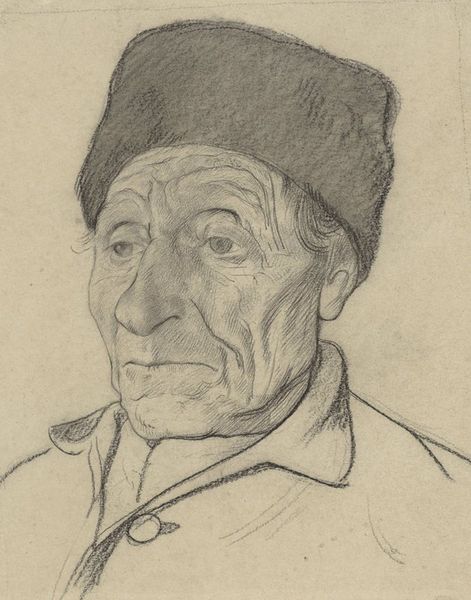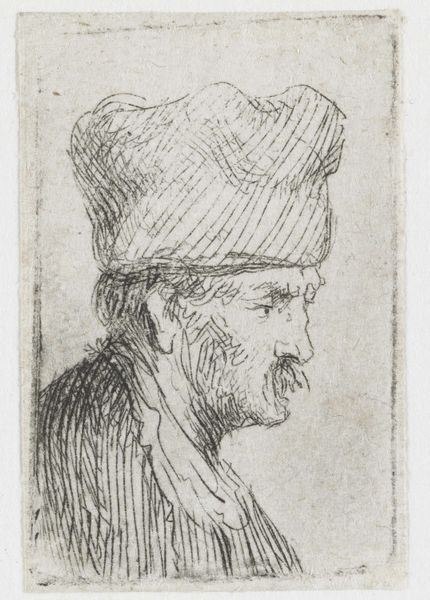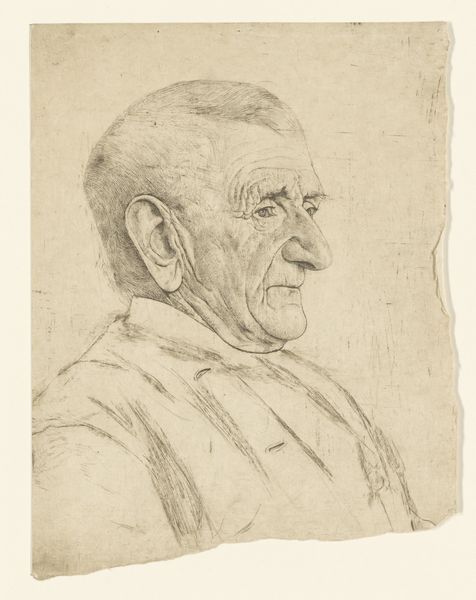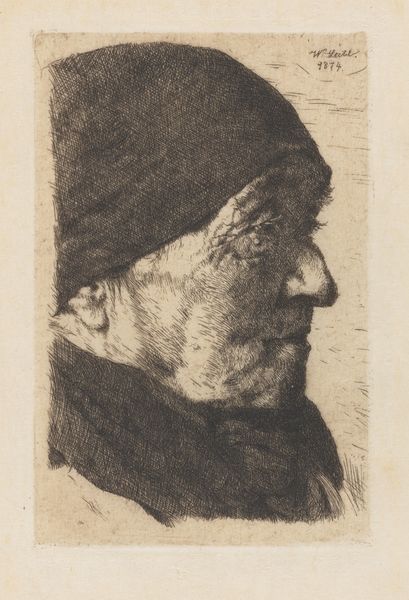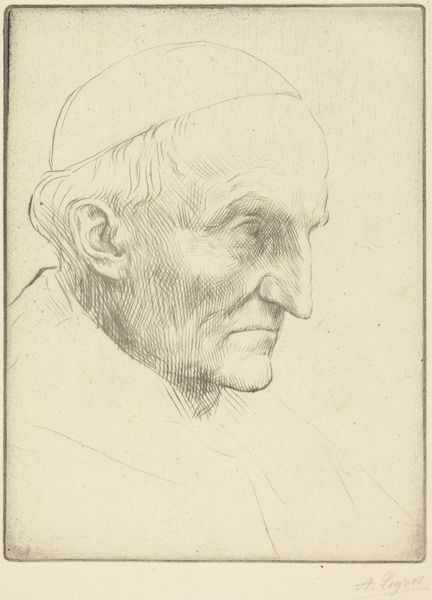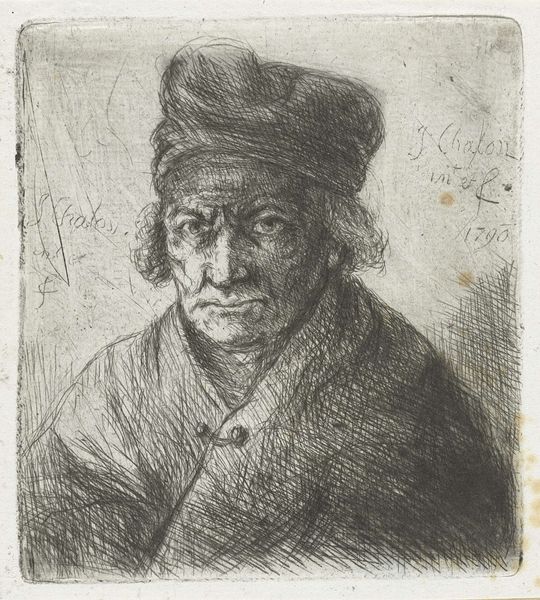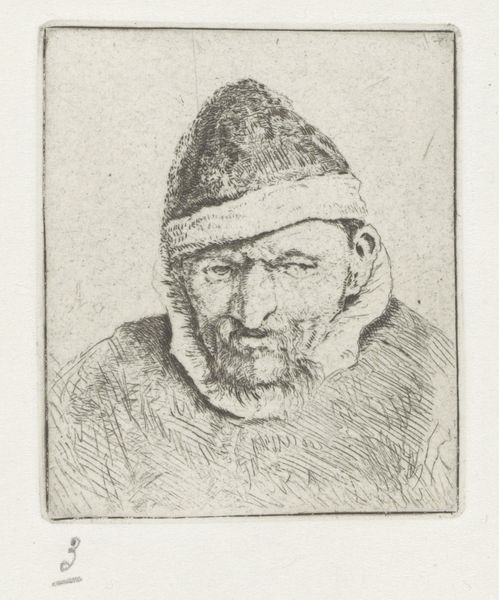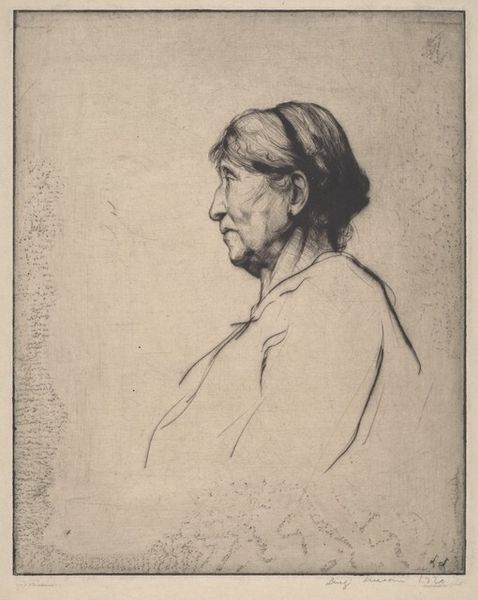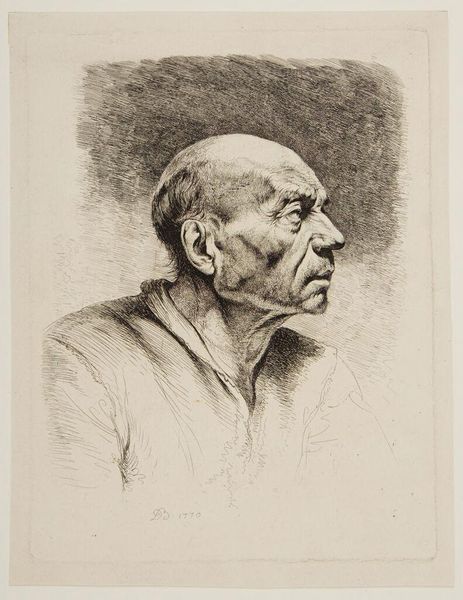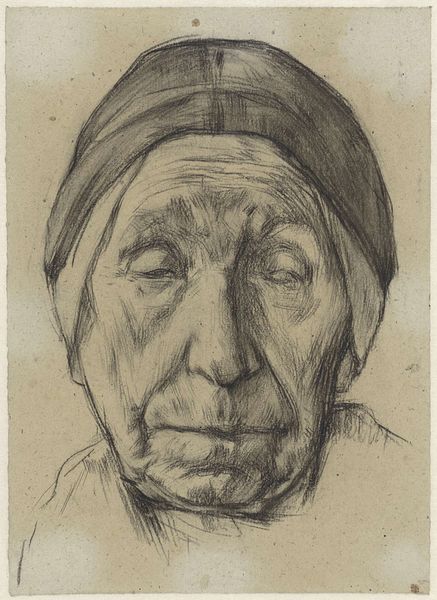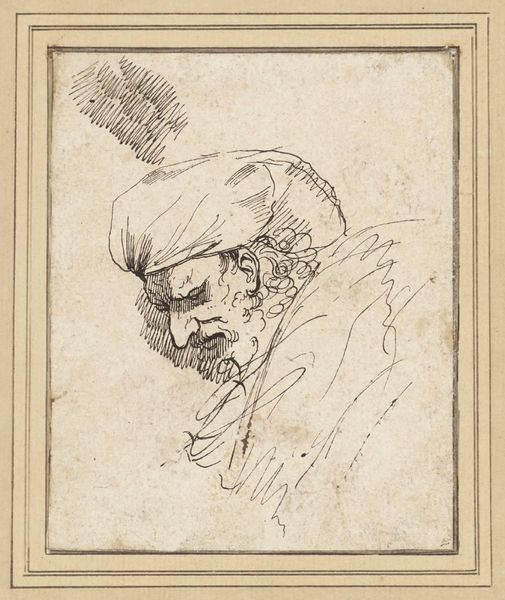
drawing, pencil, graphite
#
portrait
#
pencil drawn
#
drawing
#
dutch-golden-age
#
pencil sketch
#
charcoal drawing
#
pencil drawing
#
pencil
#
graphite
#
portrait drawing
#
realism
Dimensions: height 342 mm, width 233 mm
Copyright: Rijks Museum: Open Domain
Editor: Here we have Anthon van Rappard’s "Head of a Blind Old Man," sketched between 1868 and 1892 using pencil and graphite. It's haunting, the way the artist captures the man's age and apparent vulnerability. What's your take on this intensely realistic portrait? Curator: It’s a potent image, isn’t it? Rappard, though often overshadowed, was deeply engaged with representing social realities, especially the lives of working-class people and those on the margins. Considering its place in late 19th-century art, how does it connect to the rise of social realism? Editor: So, it’s more than just a study of an individual; it speaks to broader social issues? The Realism tag feels really appropriate. Curator: Exactly. The sketch offers insight into how disability was perceived and depicted. Look at the time period: growing industrialization, increasing urbanization. How might such factors influenced the artist's interest in representing the elderly, particularly a blind man? Was this possibly critiquing social indifference? Editor: I hadn't thought about it like that, but it makes sense. Rappard may have used his art to highlight the often-overlooked realities of people struggling within this rapidly changing society. Do you think the choice of pencil as a medium contributes to the overall message? Curator: The pencil allows for incredible detail, yet it also implies a certain fragility, a tentative quality perhaps mirroring the man's precarious existence. And look closer... do you notice any other less distinct sketch work on the image, almost as a shadow? The placement also provides hints and invites curiosity as to who he may be or become within the overall population of the changing socio-political environment of that moment. Editor: That is pretty interesting! It's fascinating how an image can have social and political contexts. Curator: Precisely. Rappard’s drawing pushes us to contemplate both the individual and their place within a broader societal framework. Art doesn't exist in a vacuum. Editor: I’ll definitely keep that in mind moving forward. Thank you!
Comments
No comments
Be the first to comment and join the conversation on the ultimate creative platform.
